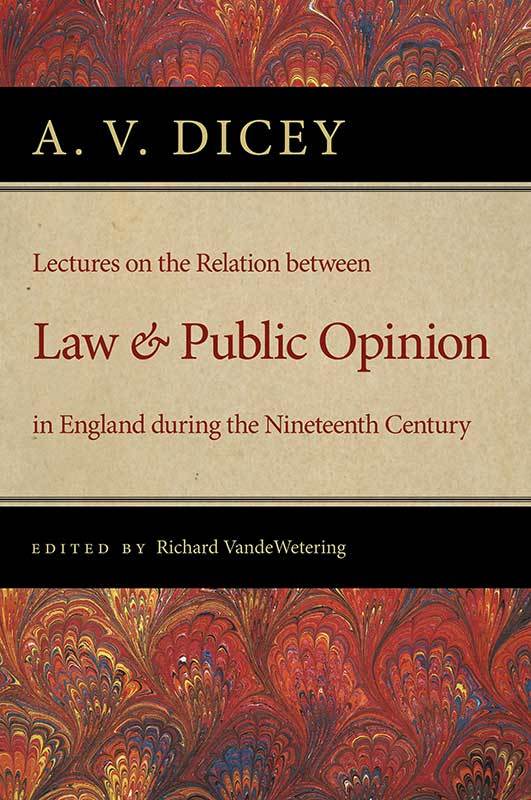
Reaction Time: A Timeless Insight into Human Cognition
For more than a century and a half, psychologists have quantified the speed at which individuals respond to stimuli, a phenomenon referred to as “reaction time” (RT). This seemingly straightforward metric is fundamental to cognitive psychology, delivering significant insights into the rapidity of information processing within the human brain. Long before psychology evolved into a recognized science, early theorists such as Francis Galton were employing reaction time data to investigate the core aspects of intelligence and mental sharpness.
In contemporary research, reaction time experiments continue to be an essential component of psychological studies. Researchers generally assess response speeds under varying conditions to deduce how cognitive processes differ in complexity or intensity. Additionally, there exists a captivating application for RT data: examining long-term shifts in human cognition through historical analysis.
Galton’s Vision: Reaction Time as a Reflection of Intelligence
Francis Galton—renowned for his contentious contributions to eugenics—was also an innovator in statistics and psychometrics. During the late 1800s, he compiled an extensive dataset of simple reaction times from 3,410 visitors to his anthropometric lab. His main hypothesis suggested that the speed of mental processing might be indicative of an individual’s overall intelligence. If reaction time could be consistently measured, it could potentially act as an indicator of cognitive capability.
Galton’s research established a foundation for subsequent efforts to correlate reaction time with intelligence—a relationship that remains subject to discussion even today. Regardless of whether RT directly measures intelligence, Galton’s dataset is notable as one of the earliest large-scale psychometric investigations. It also presents a unique possibility: can we evaluate the speed of human cognition across different generations?
Are We Slower than the Victorians?
An intriguing trend emerges from studies contrasting Galton’s findings with contemporary research: modern individuals seem to be, on average, roughly 20 milliseconds (ms) slower in simple reaction time tasks compared to their Victorian predecessors. Although it may seem minor—merely one-fiftieth of a second—in the realm of reaction time, where standard measures typically range from 200–300 ms, it signifies a change of nearly 10%.
This observation has been investigated in various studies (Irwin, 2010; Woodley et al., 2013, 2015), some of which utilized methodologies and apparatus similar to those in Galton’s original experiments to control for possible technological variances. In these meticulously controlled comparisons, the pattern consistently indicated slower response times in present-day subjects.
This noticeable generational slowdown in RT presents a paradoxical contrast to the Flynn Effect—the well-documented trend of increasing IQ scores over the past century. If contemporary individuals achieve higher scores on standardized intelligence assessments, why would their reaction times be diminishing?
Possible Explanations for Slowing Reaction Times
Several theories have been suggested to clarify this generational RT deceleration:
1. Cognitive Load and Distraction
One explanation is that modern brains face an overload of multitasking, constant digital alerts, and sensory inputs. This “cognitive load” might drain attentional resources and processing speed, even during basic tasks.
2. Motivation and Experimental Context
19th-century participants might have engaged with the task more earnestly, given its novel and personally relevant nature. In contrast, today’s participants—often undergraduate psychology students seeking course credit—might be less committed to performing at optimal levels.
3. Physical Health and Lifestyle Changes
Some researchers hypothesize that shifts in health, nutrition, and physical activity may contribute to the observed decline. Play, exercise, and delicate motor skills have notably decreased in younger populations, potentially impacting neurological processing speeds.
4. Methodological or Instrumental Bias
While efforts have been made to replicate Galton’s methods, completely ruling out all confounding variables linked to modern timing devices, experimenter bias, or participant instructions is challenging.
5. Environmental and Genetic Factors
Other hypotheses consider broader societal transitions, including genetic changes (aligned with the “dysgenic” hypothesis) or environmental influences like exposure to toxins, which could subtly influence nervous system functionality.
Should We Be Alarmed?
It’s easy to interpret any indication of performance decline as a precursor to cognitive deterioration. However, it’s vital to recognize that reaction time is merely one measure among many. Today’s world prioritizes different skillsets—such as abstract reasoning, problem-solving, and media literacy—that may not be reflected in RT assessments.
Furthermore, IQ scores have consistently risen across generations, countering the idea of a widespread cognitive decline. If anything, this implies that intelligence and RT might not be as closely related as Galton proposed. Perhaps we excel in different domains today—domains that Galton never considered measuring.
The Missing Middle: A Gap in the Data
One constraint in forming definitive conclusions is the limited availability of longitudinal RT data. The few studies conducted leave a substantial interval between Galton’s time and the present. More thorough, decade-by-decade data would be instrumental in determining whether reaction time has shifted consistently or experienced fluctuations.